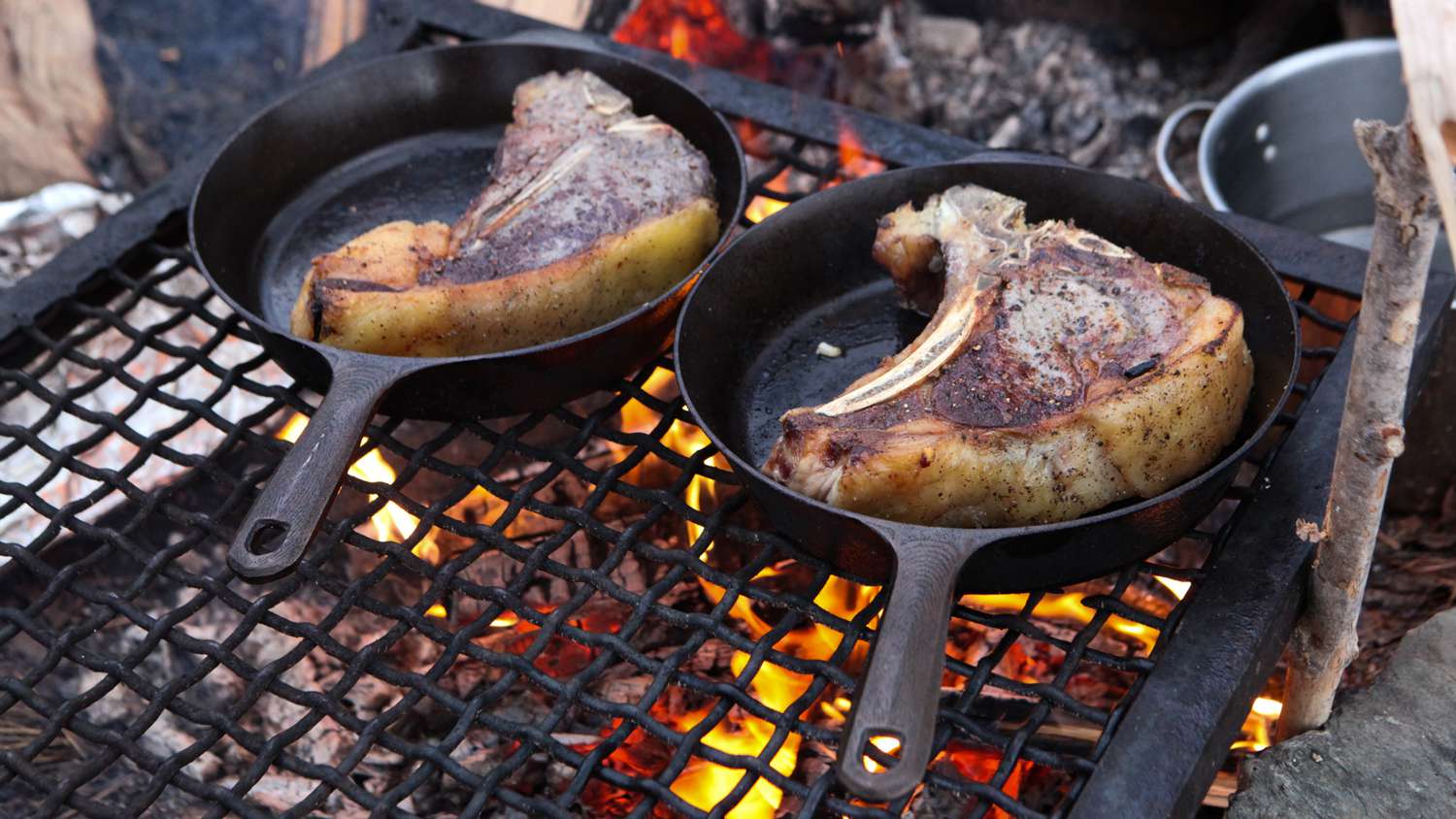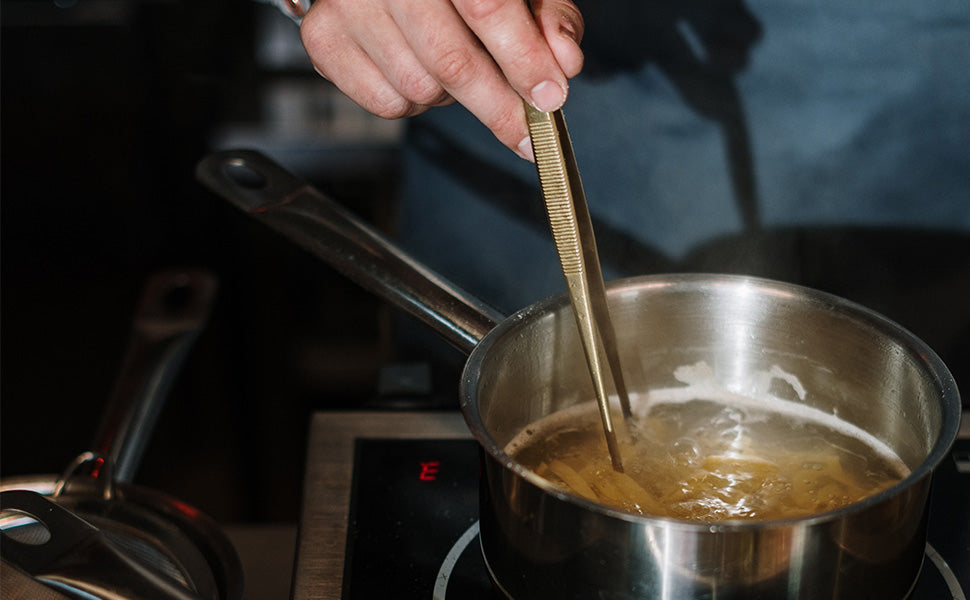When it comes to achieving culinary excellence, one simple yet effective skill often overlooked is how to measure a cast iron skillet. This essential cooking tool is beloved by many professional chefs and home cooks alike. Understanding the measurements will not only help you choose the right skillet for your recipes but also ensure that you utilize your cast iron skillet correctly.
In this article, we will guide you through the process of measuring your cast iron skillet efficiently. From diameter and depth to weight considerations, well cover all the important factors necessary for cooking success. Let's dive into some of the life-changing details that make measuring a cast iron skillet not just unmissable but essential for your kitchen repertoire!

Understanding the Basics of Cast Iron Skillet Measurement
Before we get into the specifics of measurement, lets explore why measuring your cast iron skillet is so significant.
- Diameter: The diameter of the skillet determines the cooking surface area, which is critical when preparing meals.
- Depth: Knowing the depth allows for understanding volume, which is crucial for boiling, frying, or baking.
- Weight: Weight matters for both handling and even heat distribution, which is pivotal for achieving perfect results in any recipe.
How to Measure Diameter
Measuring the diameter of your cast iron skillet is one of the most straightforward steps. Heres how to accurately measure it:
- Step 1: Place your skillet on a flat, level surface.
- Step 2: Using a ruler or measuring tape, measure across the top rim from one edge to the other.
- Step 3: For an accurate reading, ensure the tape is straight and not at an angle.
Determining Depth of Your Skillet
The depth of your cast iron skillet affects both cooking technique and the type of recipes you can prepare. To measure the depth:
- Step 1: Place the ruler vertically inside the skillet.
- Step 2: Measure from the bottom of the skillet to the top edge.
Knowing this measurement helps determine how much liquid can fit inside, making it essential for stews or frying.
How to Weigh Your Cast Iron Skillet
Weight is another crucial aspect to measure. It helps assess the skillet's portability and ability to conduct heat:
- Step 1: Use a kitchen scale for accuracy.
- Step 2: Place the skillet upside down on the scale and note the weight.
A heavier skillet can often mean better heat retention, leading to better cooking outcomes.
Choosing the Right Skillet Size
After gathering these measurements, the next step is selecting the right skillet size for your needs. A few factors to consider include:
- Recipe Requirements: Different recipes call for different skillet sizes.
- Portion Sizes: Factor in the number of servings you typically prepare.
- Storage Considerations: Ensure there's enough room in your kitchen for the skillet you select.
Common Pitfalls to Avoid
While measuring may seem straightforward, there are common pitfalls professionals should avoid:
- Not measuring the actual cooking surface, which can lead to miscalculations.
- Using a damaged ruler or measuring tape that provides inaccurate readings.
- Rushing through measurements, which could lead to errors in choosing the skillet size.
:max_bytes(150000):strip_icc()/mushrooms-onions-skillet-bbq-grill-getty-0621-2000-97781f1648d24990a4a57461f753f214.jpg)
FAQs About Measuring Cast Iron Skillets
What is the standard diameter for a cast iron skillet?
The standard diameter for cast iron skillets varies, but it usually ranges from 6 inches to 16 inches, depending on the intended use.
How can I tell if my skillet is the right size for recipes?
Compare your measurements to the recipe requirements; usually, recipe guidelines specify the recommended skillet sizes.
Is weight an important factor when measuring a skillet?
Yes, the weight affects portability and heat retention, making it essential for cooking effectiveness.
Want to learn more about taking care of your skillet? Check out this article on skillet care. If you're interested in maintaining your glass-top stove while using cast iron, find tips here: prevent heat damage. Looking for recipes? Try these cast iron steak ideas that will tantalize your taste buds!
As an Amazon Associate, I earn from qualifying purchases.






Leave a comment
This site is protected by hCaptcha and the hCaptcha Privacy Policy and Terms of Service apply.